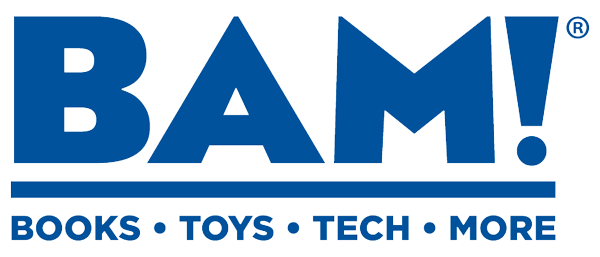In terms of personal catastrophe, this was the perfect storm. Stephanie and Pat Wolfgang learned that their 4-year-old daughter Sarah had leukemia just as Pat began a new job without health benefits. Stephanie, also working full time, couldn’t afford the private health insurance offered by her employer. Medicaid wasn’t an option for the family of six because their combined income bumped them above the eligibility level. The Wolfgang family found themselves in the uninsured gap along with over 46 million other Americans.
But when you’re waiting in a crowded emergency room with a sick child who doesn’t have a private doctor, those large numbers are reduced to one.
One child.
And when faced with a two-year treatment program requiring weekly, sometimes daily, visits to a teaching hospital 45 minutes away so mom quits her job to qualify for Medicaid and care for her critically-ill daughter, a family’s fragile economic footing is further diminished.
One family.
Yet, just try to discuss viable options for American healthcare reform without igniting an ideological fire. Talk about a polarizing topic. Mention the need for a system overhaul and a room will clear quicker than you can say Michael Moore. If there’s one unifying thread to this issue, it’s found in the divisive opinions on how to solve our nation’s healthcare crisis.
I met the Wolfgangs while Congress and President Bush were sparring over expansion of the State Children’s Health Insurance Program (SCHIP). Political posturing elevated to a new level over the debate of additional coverage for 3.2 million lower-income kids. The bill’s demise by a presidential veto halted the prominence of this subject on the forefront of American thoughts and media headlines.
To add to the Wolfgang’s challenges, Stephanie and Pat were denied Medicaid although their children qualified (go figure). Stephanie needed a mammogram (her mother died of breast cancer last year). However, she’s not working now, remember? And the Wolfgang’s already-limited funds go to other necessities like paying for groceries, utilities, and gas for trips to Shands Hospital.
In trying to secure a free mammogram for Stephanie (which, by the way, was unsolicited and unexpected by Stephanie who is as selfless a mom as I’ve ever met), I received a quick course in the study of access. Numbers of free preventative mammograms offered in Marion County? Zero. Number of calls it took me to figure this out: six. Numbers of times I heard about the sad state of our healthcare system without any solutions: too many.
A generous anonymous donor stepped up to help Stephanie, which is—and isn’t—the point. She’ll be tested, but what about the other 45,999,000 uninsured? Maybe that’s the key—we’ve defined the problem without defining the person behind the problem. When you talk in terms of millions upon millions who are in this bind, the faces evaporate. But, I’ve seen Stephanie’s face. And Pat’s. And Sarah’s. Sweet Sarah’s.
A local group has put a face on this problem. Community leaders from both sides of the political spectrum have applied for federal dollars to establish a collaborative health care clinic for the underserved and uninsured in our county who now number 42,000 citizens. While this initiative doesn’t completely resolve the problem of access and the program’s funding isn’t an automatic guarantee, it’s a start. Even more encouraging is knowing our friends and neighbors are joining together to be a part of the solution, regardless of partisan ideology.
Maybe this will inspire others to join in, one person at a time, one step at a time.
Just one.




